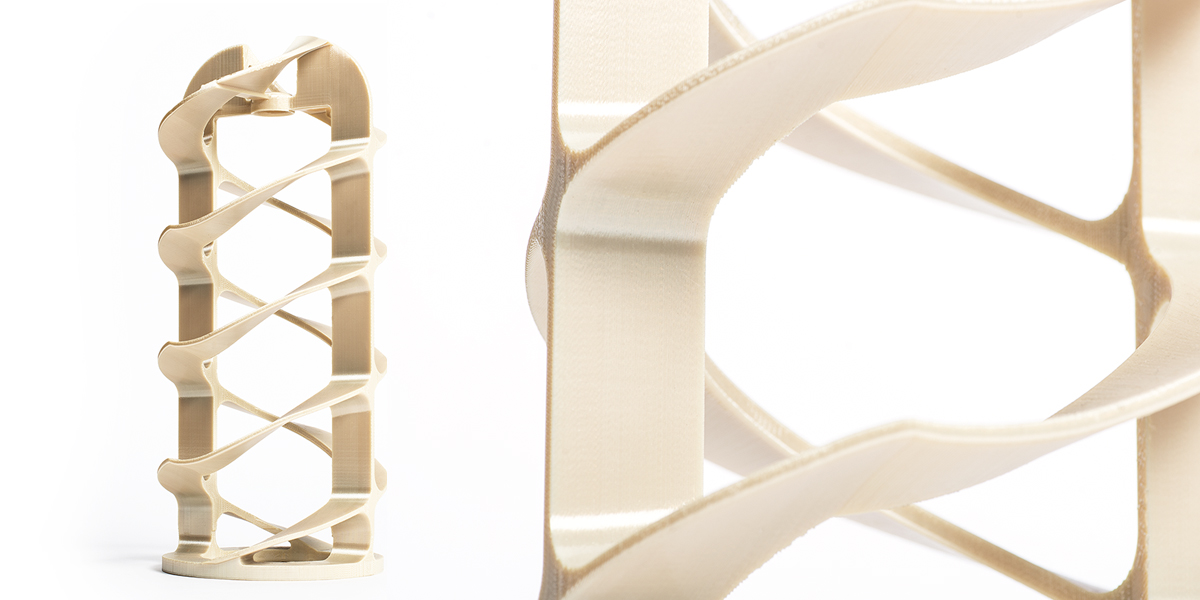In the realm of high-performance thermoplastics, Ultem stands as a beacon of innovation and reliability. Developed by SABIC Innovative Plastics (formerly GE Plastics), Ultem, also known as polyetherimide (PEI), has revolutionized industries with its exceptional mechanical properties, thermal stability, and chemical resistance. In this blog post, we’ll embark on a journey to explore the fascinating world of Ultem, delving into its properties, applications, and the myriad ways it’s transforming industries worldwide.
Understanding Ultem:
Ultem, a polyetherimide (PEI), is renowned for its remarkable combination of properties, making it a preferred choice for demanding applications across diverse industries. Its molecular structure, consisting of aromatic ether and imide groups, imparts unique characteristics that set it apart from other thermoplastics.
Properties of Ultem:
- Mechanical Strength: Ultem exhibits outstanding mechanical strength, with high tensile strength, modulus of elasticity, and impact resistance. Its tensile strength can range from 90 to 130 MPa, depending on the grade, while its modulus of elasticity typically falls between 2.8 and 3.2 GPa. These properties make Ultem suitable for structural components, aerospace applications, and automotive parts requiring exceptional strength and durability.
- Thermal Stability: Ultem boasts exceptional thermal stability, with a high glass transition temperature (Tg) exceeding 217°C and a melting point ranging from 217 to 225°C. This enables Ultem to withstand prolonged exposure to elevated temperatures without significant degradation, making it ideal for applications requiring resistance to heat and thermal cycling.
- Chemical Resistance: One of Ultem’s key attributes is its excellent resistance to a wide range of chemicals, including acids, bases, solvents, and hydrocarbons. Its molecular structure confers inherent resistance to chemical attack, making it suitable for use in aggressive chemical environments where other materials may fail.
- Electrical Properties: Ultem exhibits excellent electrical insulation properties, with low dielectric constant and dissipation factor, making it ideal for electrical and electronic applications where insulation and reliability are paramount.
Applications of Ultem:
Ultem finds diverse applications across various industries, including:
- Aerospace: Structural components, interior panels, and aircraft seating.
- Automotive: Engine components, electrical connectors, and under-the-hood applications.
- Healthcare: Medical devices, surgical instruments, and sterilizable components.
- Electronics: Electronic housings, connectors, and insulators.
- Industrial: Chemical processing equipment, pump components, and filtration systems.
Market Trends and Outlook:
The global market for Ultem is experiencing steady growth, driven by increasing demand from key industries such as aerospace, automotive, healthcare, and electronics. As industries continue to seek lightweight, high-performance materials for demanding applications, the demand for Ultem is expected to rise, driving innovation and expanding its market presence.
Conclusion:
In conclusion, Ultem emerges as a material of unparalleled versatility and reliability, offering a unique combination of mechanical strength, thermal stability, chemical resistance, and electrical properties. With its exceptional performance characteristics and diverse range of applications, Ultem continues to push the boundaries of modern engineering and redefine the possibilities of materials science.
As industries continue to innovate and evolve, Ultem stands poised to play a pivotal role in shaping the future of manufacturing and engineering, offering solutions to the most challenging technical and performance requirements.
